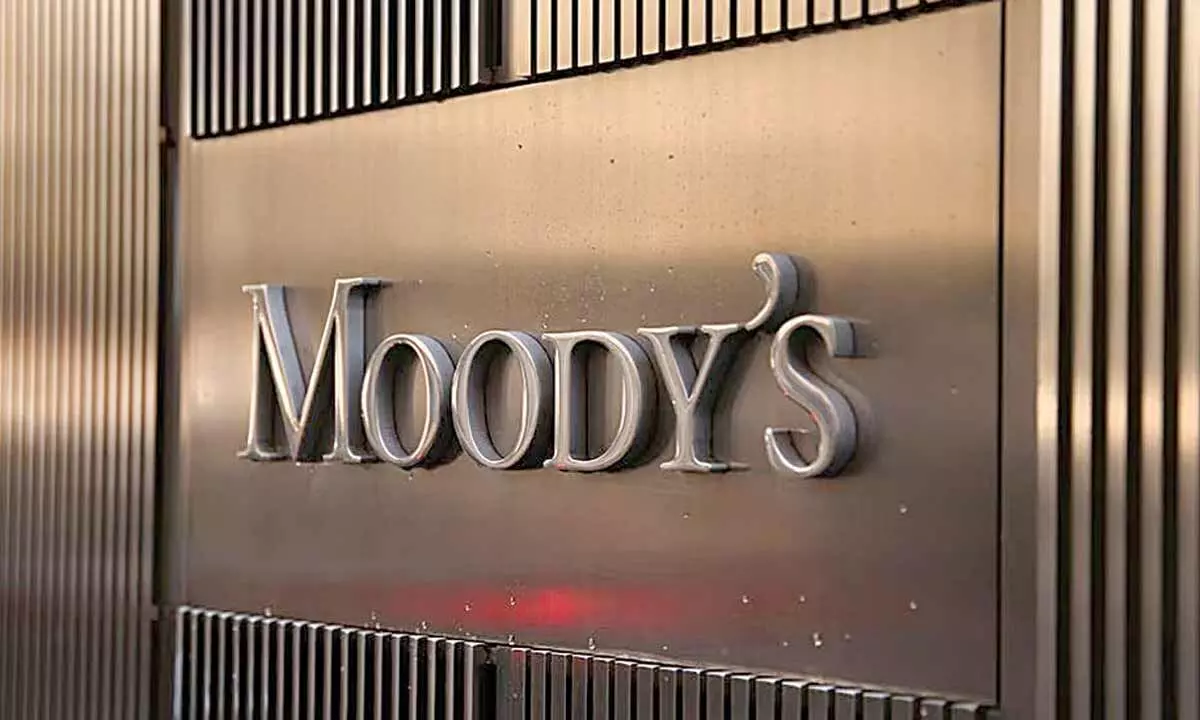SME loan defaults set to rise
Continuous repo rate hikes, sluggish property mkt increased risk of loan repayment failures for finance cos: Moody’s
image for illustrative purpose

- Funding cost rising
- NBFCs increased interest rates for loans against property
- SME borrowers facing refinancing risks for these loans
- This situation credit negative for Indian asset-backed securities (ABS) backed by LAP
- Slowing property price growth curtailing recovery prospects
Chennai: A combination of factors like the increased loan repayment installments owing to the earlier repo rate hikes by the Reserve Bank of India (RBI), limited refinancing options for small and medium enterprises (SMEs), slowing down of property price growth has increased the risk of loan delinquencies for finance companies, said Moody’s Investors Service in a report.
According to Moody’s, though the RBI has paused its rate hike cycle in April, the hikes effected over the past year have increased funding costs for non-banking finance companies (NBFCs).
As their funding costs have risen, NBFCs have increased interest rates for loans against property (LAP) to small and medium-size enterprise borrowers, which is heightening repayment and refinancing risks for these loans.
“This situation is credit negative for Indian asset-backed securities (ABS) backed by LAP,” Moody’s said. The credit rating agency said the slowing property price growth is curtailing recovery prospects.
“The pace of property price growth has slowed in major Indian cities as a result of rate rises over the past year. Slower property price growth has reduced recovery prospects for defaulted LAP, which is negative for Indian ABS backed by these loans. Additionally, slower property price growth has eroded lenders' willingness to refinance LAP,” Moody’s said.
Delinquencies will increase, but structural protections will curb deals' exposure to losses. We expect loan delinquency rates for LAP ABS, which have increased over the past year, to continue to rise. However, LAP ABS are well protected, because of the deals' structural protections, including non-amortizing cash reserves and excess spread, the report said.
Since May last year, RBI has hiked key policy rates six times by a total of 2.5 percentage points to 6.5 per cent to control inflation. Earlier this month, it paused the rate hike cycle and maintained a status quo. Indian 10-year government bond yields and the Marginal Cost of Fund based Lending Rate (MCLR), which is the benchmark rate that banks mostly use to set lending rates for NBFCs, have increased as the RBI's repo rate has risen.

